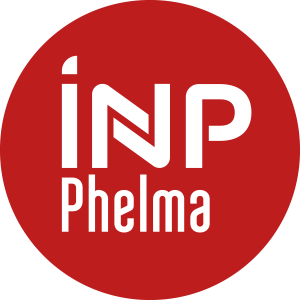Number of hours
- Lectures 14.0
- Projects 0
- Tutorials 4.0
- Internship 0
- Laboratory works 4.0
ECTS
ECTS 1.5
Goal(s)
The purpose of this set of lectures is to provide the students with a description of the main detection principles for charged (electron, proton, alpha) and neutral (photon and neutrons) particles. The course presents the most common devices used in nuclear and particle physics with an emphasis on gazeous detectors, semi-conductor devices and scintillators detectors.
Contact Christophe SAGEContent(s)
I. Introduction
Reminder : interaction particle-matter
General operating of a detector
Statistics and error propagation
II. General characteristics of a detector
Sensitivity & linearity
Efficiency and resolution power
dead time
III. Gazeous detectors
Ionisation, excitation and recombination
electron and ion transport
Operating modes of gazeous detectors
Signal shaping and Acquisition
IV. Semi-conductor devices
Reminder: basics of semi-conductors
Characterisitics of Germanium and Silicium devices
Use for photon detection
V. Scintillator devices
General properties and classification
organic scintillators
inorganic scintillators
gazaeous scintillators
Readout and Photomultipliers
Prerequisites
Contrôle continu : CC
Examen écrit Session1 : DS1
Examen écrit Session 2 : DS2
N1 = 80% DS1 + 20% CC
N2 = 80% DS2 + 20% CC
En présentiel :
N1 = % max(TdE, CC) + % DS1
N2 = % max(TdE, CC) + % DS2
En distanciel :
N1 =
N2 =
Commentaire :
- Glenn F. KNOLL, "Radiation Detection and Measurement", John Wiley and Sons Ed., 2010
- William R. LEO, "Techniques for Nuclear and Particle Physics Experiments: A How-To Approach", Springer-Verlag, 1994



